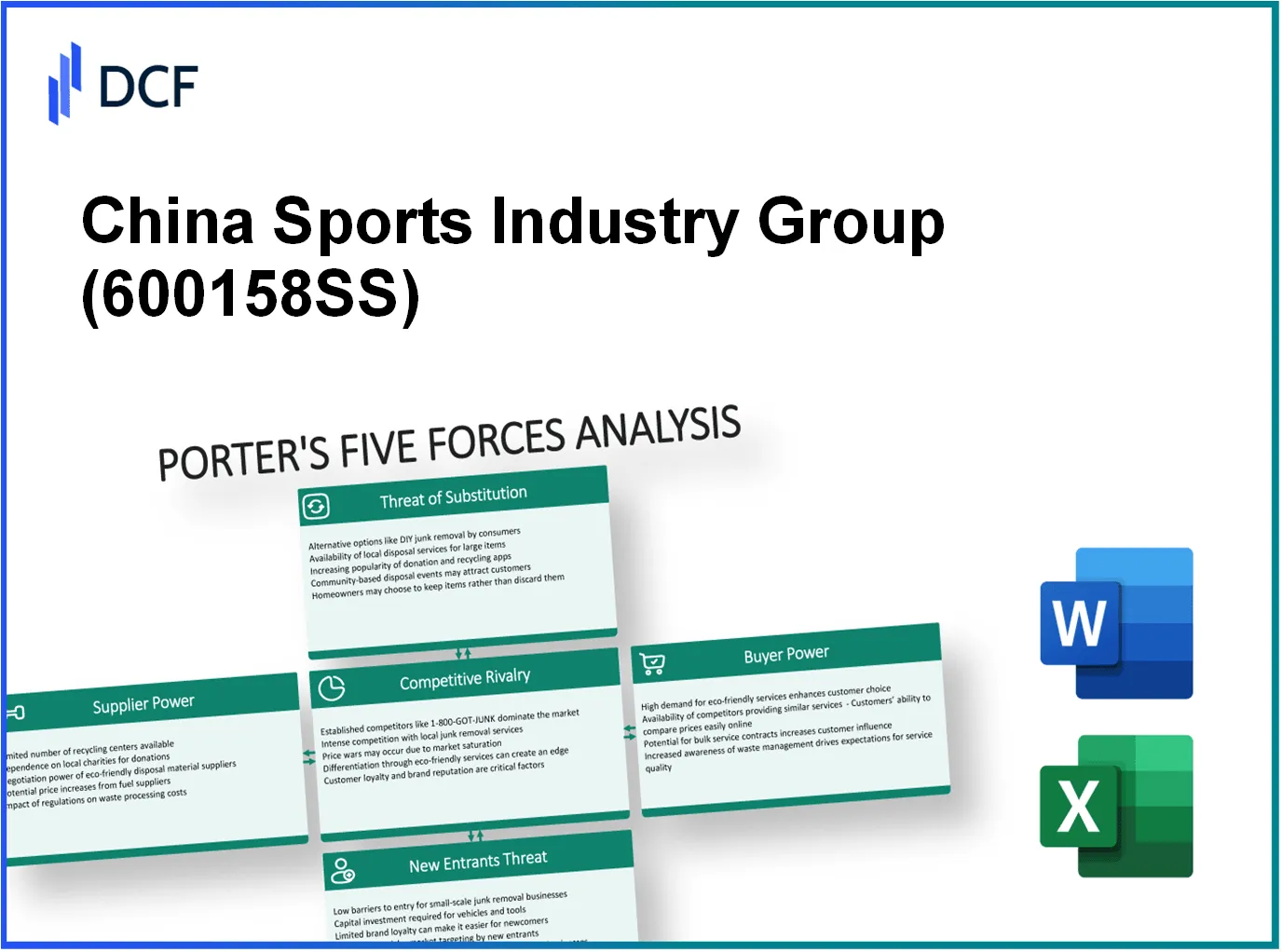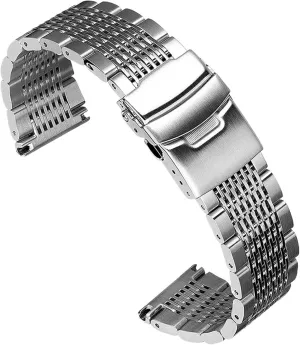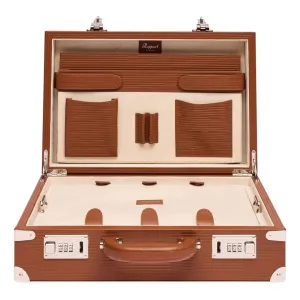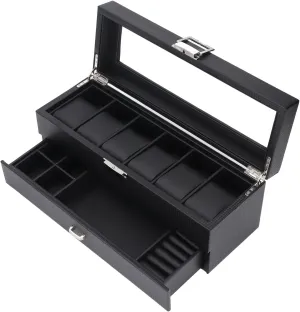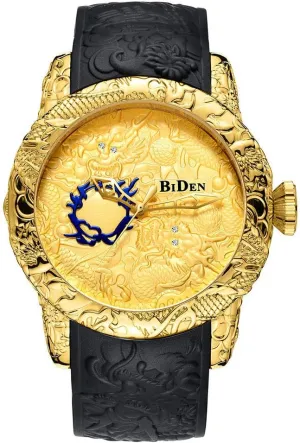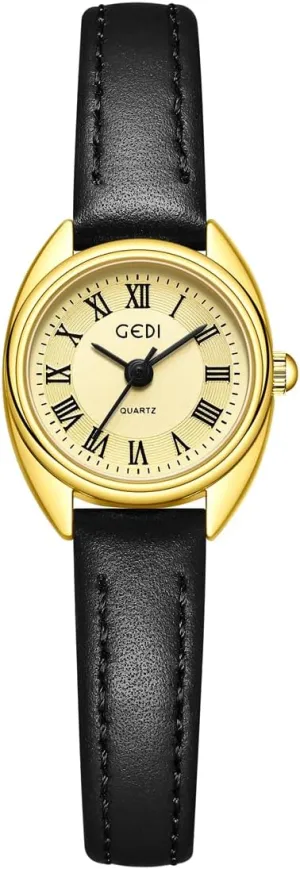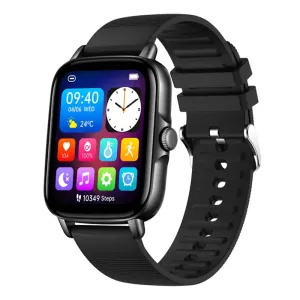In the dynamic landscape of the sports industry, understanding the competitive forces at play is crucial for stakeholders like China Sports Industry Group Co., Ltd. Porter's Five Forces Framework provides a robust lens through which to assess the bargaining power of suppliers and customers, the intensity of competitive rivalry, the threats posed by substitutes, and the barriers to new entrants. Dive in to uncover how these elements shape the strategic environment and influence business performance in this booming sector.
China Sports Industry Group Co., Ltd. - Porter's Five Forces: Bargaining power of suppliers
The bargaining power of suppliers in the sports apparel industry plays a significant role in determining the pricing strategies and overall profitability of companies like China Sports Industry Group Co., Ltd. Here are the key factors influencing supplier power:
Limited number of specialized sports apparel suppliers
In the sports apparel sector, there are a limited number of suppliers that specialize in high-performance materials. For instance, as of 2023, the top suppliers of specialty materials, such as polyester and spandex, account for approximately 40% of the total market share. This concentration allows suppliers significant control over pricing.
Dependence on raw material quality and availability
The sports apparel industry relies heavily on the quality of raw materials. China Sports Industry Group has reported that 25% of its production costs are attributed to sourcing high-quality materials. Fluctuations in raw material prices can directly impact the company’s profit margins. For example, raw material prices have increased by 15% year-over-year due to global supply chain disruptions.
Potential for vertical integration by large suppliers
Many large suppliers are considering vertical integration to secure their market position. Companies such as DuPont and Invista have launched initiatives to control the entire supply chain process, from raw material production to finished fabric delivery. This potential for integration could increase their bargaining power considerably, with estimates indicating that integrated suppliers could increase prices by up to 10%.
Influence of international trade policies on supply chain
International trade policies have a profound impact on supplier bargaining power. Tariffs on imported textiles and materials, particularly those impacting trade with the United States, have risen by 20% in recent years. These tariffs increase the cost of imported materials and reduce the options available to companies like China Sports Industry Group, giving existing suppliers greater leverage in negotiations.
Supplier branding impact on end products
Brand recognition among suppliers also affects pricing power. Suppliers like 3M and Gore-Tex are known for their innovative materials, which can command premium pricing. Reports indicate that products incorporating high-profile supplier brands can achieve a price premium of up to 30% compared to non-branded alternatives. China Sports Industry Group must navigate these dynamics to maintain competitive pricing while ensuring product quality.
| Factor | Details | Impact (%) |
|---|---|---|
| Market Concentration | Top suppliers account for market share | 40% |
| Production Costs | Material sourcing costs | 25% |
| Raw Material Price Increase | Annual increase in raw material prices | 15% |
| Potential Price Increase from Integration | Price increase potential from supplier integration | 10% |
| Tariff Impact | Increase in tariffs on imported textiles | 20% |
| Branding Premium | Price premium with high-profile brands | 30% |
China Sports Industry Group Co., Ltd. - Porter's Five Forces: Bargaining power of customers
The bargaining power of customers in the sportswear market is shaped by multiple factors, each impacting how consumers influence pricing and quality standards.
Increasing customer awareness and demand for quality
Consumers are becoming more educated about product quality, leading to an increasing demand for higher-quality materials and sustainable practices. According to a 2022 report by McKinsey, 67% of consumers are willing to pay more for sustainable products. This trend drives companies to enhance their offerings, influencing pricing structures.
Price sensitivity among mass-market consumers
Price sensitivity is a significant factor in the sportswear market. A 2023 survey by Statista indicated that about 54% of consumers consider price as the most important factor when making purchasing decisions. This heightened sensitivity forces companies to remain competitive in their pricing strategies, particularly in the mass-market segment.
Availability of alternative sportswear brands
The sportswear industry is saturated with numerous competitors. For instance, the market share of leading brands in the U.S. sportswear market as of 2022 included:
| Brand | Market Share (%) |
|---|---|
| Nike | 27.4% |
| Adidas | 11.2% |
| Puma | 6.6% |
| Under Armour | 3.6% |
| Others | 51.6% |
This extensive availability of alternatives enhances consumer bargaining power as they can easily switch brands without incurring significant costs.
Customers' preference for customization and personalization
Customization is becoming increasingly important for sportswear buyers. According to a 2021 Deloitte report, 36% of consumers expressed interest in purchasing personalized products. Companies like Nike and Adidas have capitalized on this trend with platforms for customizing footwear and apparel, thereby giving customers more control and increasing their bargaining power.
Growing trend of direct-to-consumer channels
The rise of direct-to-consumer (DTC) sales channels has empowered consumers further. In 2022, DTC sales in the U.S. sportswear market reached approximately $30 billion, representing a 23% growth from the previous year, as reported by eMarketer. This trend reduces reliance on retailers and gives consumers access to better pricing and unique product offerings.
China Sports Industry Group Co., Ltd. - Porter's Five Forces: Competitive rivalry
The competitive landscape of the China Sports Industry Group Co., Ltd. is influenced significantly by the presence of well-established international sports brands. Key players like Nike, Adidas, and Under Armour dominate the market, leveraging their global supply chains and brand loyalty. As of 2023, Nike reported annual revenues of approximately $51.22 billion, while Adidas generated around $22.5 billion in the same period.
In terms of marketing and sponsorship deals, competition is fierce. In 2022 alone, the global sports sponsorship market was valued at approximately $62 billion, with Asia accounting for a significant share. For instance, sports sponsorship spending in China is projected to reach $13.3 billion by 2025, highlighting the lucrative opportunities available in this sector.
The rapid pace of innovation and technology adoption further intensifies competitive rivalry. Companies are increasingly focusing on integrating smart technology into their products. For example, in 2023, the wearables market, including smart sports gear, is expected to grow by 23% year-over-year, driven by advancements in IoT and data analytics.
Market saturation is another critical factor, particularly in urban areas. A report indicates that the urban sports market in China reached a valuation of approximately $29 billion in 2022, with significant competition in metropolitan regions like Beijing and Shanghai. This saturation challenges companies to differentiate themselves amidst a crowded marketplace.
Brand image and athlete endorsements play a crucial role in differentiation strategies. For instance, endorsements significantly affect consumer purchasing decisions, with data suggesting that around 70% of consumers are more likely to buy a product endorsed by a sports celebrity. Notably, the highest paid athletes in 2023, such as Lionel Messi and LeBron James, have multi-million dollar deals that not only enhance their personal brands but also elevate the brands they endorse.
| Brand | Annual Revenue 2023 (in Billion $) | Market Share (%) | Key Endorser | Sponsorship Spending 2023 (in Million $) |
|---|---|---|---|---|
| Nike | 51.22 | 27.6 | LeBron James | 1,400 |
| Adidas | 22.5 | 12.1 | Messi | 1,200 |
| Under Armour | 5.8 | 3.1 | Steph Curry | 800 |
| Anta Sports | 3.9 | 2.0 | Klay Thompson | 250 |
This competitive environment prompts companies to constantly adapt their strategies to maintain market relevance. With evolving consumer preferences and technological advancements, the competitive rivalry within the China sports industry remains robust and dynamic.
China Sports Industry Group Co., Ltd. - Porter's Five Forces: Threat of substitutes
The threat of substitutes in the China Sports Industry Group Co., Ltd. is significantly influenced by various factors affecting consumer preferences and market dynamics.
Growth of athleisure wear as a lifestyle choice
The global athleisure market was valued at approximately $257.2 billion in 2020 and is projected to reach $517.5 billion by 2027, growing at a CAGR of 10.4% from 2021 to 2027. This shift towards athleisure reflects a growing preference for comfortable and versatile clothing that blends with daily activities.
Emergence of wellness and fitness tech wearables
The wearables market is anticipated to reach $60 billion by 2023, with smart sports watches and fitness trackers being a significant portion of this growth. In 2022, over 25% of fitness enthusiasts reported using wearables to track their workouts, indicating a shift from traditional sports equipment to technology-driven fitness solutions.
Availability of counterfeit goods affecting brand loyalty
The counterfeit goods market is estimated at $1.2 trillion globally, with significant penetration into the sports apparel market. In China alone, counterfeit sports products are prevalent, with a market share estimated at 30% of total sports goods sales. This undermines brand loyalty and poses a threat to legitimate companies like China Sports Industry Group.
Alternative sports and recreational activities gaining popularity
As consumer preferences evolve, alternative sports such as e-sports are witnessing exponential growth. The e-sports market was valued at approximately $1.1 billion in 2021 and is projected to exceed $1.8 billion by 2024. This diversification in recreational activities poses a significant threat to traditional sports markets.
Influence of digital fitness platforms on traditional sports
Digital fitness platforms like Peloton and Zwift have gained massive traction, boasting memberships exceeding 2.6 million for Peloton alone as of 2023. These platforms provide innovative alternatives to conventional sports engagement, generating a decline in participation in traditional sports activities.
| Factor | Statistic | Impact on Substitutes |
|---|---|---|
| Athleisure Market Value (2020-2027) | $257.2 billion (2020); $517.5 billion (2027); CAGR 10.4% | High |
| Wearables Market Value (2023) | $60 billion | High |
| Counterfeit Goods Market Share (Sports) | ~30% of total sales in China | High |
| E-Sports Market Value (2021-2024) | $1.1 billion (2021); $1.8 billion (2024) | Medium |
| Peloton Memberships | 2.6 million (2023) | High |
These factors exemplify the various pressures from substitute products and services faced by China Sports Industry Group Co., Ltd., necessitating adaptive strategies to maintain market share and consumer loyalty.
China Sports Industry Group Co., Ltd. - Porter's Five Forces: Threat of new entrants
The threat of new entrants in the sports industry, particularly for China Sports Industry Group Co., Ltd., is influenced by several factors that collectively create a challenging landscape for potential new players.
High entry barriers due to brand reputation and loyalty
The sports industry heavily relies on brand reputation, which often translates into consumer loyalty. Established brands like Nike and Adidas dominate the market, holding approximately 25% and 21% market shares, respectively, in the Chinese sportswear segment as of 2023. This brand loyalty creates a significant barrier for new entrants, who would struggle to capture market share without substantial marketing investments.
Capital-intensive nature of manufacturing and retailing
The manufacturing and retailing of sports goods require considerable capital investment. For example, setting up a manufacturing facility can cost $10 million to $50 million depending on the scale. New entrants often face the challenge of securing financing at competitive rates, especially given that established players benefit from economies of scale. In 2022, China Sports Industry Group reported capital expenditures of around $30 million.
Need for extensive distribution networks
Successful market penetration demands robust distribution frameworks. As of 2023, China Sports Industry Group operates over 300 retail outlets across major cities. New entrants would need to establish similar networks, which typically require an investment of approximately $1 million per store, along with logistics management capabilities that are complex and costly to develop.
Regulatory challenges and compliance costs
The Chinese sports industry is subject to numerous regulatory requirements, which can be a barrier for new entrants. Compliance costs can range from 5% to 10% of total revenue. For instance, the introduction of stricter sustainability reporting in recent years has impacted operational costs for all players, adding layers of complexity that can be daunting for new companies.
Competitive advantage of established players in supply chain efficiencies
Established companies benefit from optimized supply chain systems that reduce costs and improve efficiency. China Sports Industry Group leverages advanced logistics solutions, resulting in operational costs that are 10-15% lower than potential new entrants. This competitive edge allows incumbents to offer more attractive pricing and maintain greater margins, making it difficult for newcomers to compete effectively.
| Factor | Data |
|---|---|
| Market Share of Top Brands | Nike: 25%, Adidas: 21% |
| Capital Investment for Manufacturing | $10 million - $50 million |
| Average Cost per Retail Outlet | $1 million |
| China Sports Industry Group Retail Outlets | 300 |
| Compliance Costs as Percentage of Revenue | 5% - 10% |
| Operational Cost Advantage | 10% - 15% lower than new entrants |
Understanding the dynamics of Porter's Five Forces in the context of China Sports Industry Group Co., Ltd. reveals a complex interplay of supply and demand, competition, and potential market threats that shape its strategic landscape. With suppliers holding moderate power and customers increasingly demanding quality and personalization, the competitive rivalry is fierce amid established global brands. Additionally, the looming presence of substitutes and barriers to entry complicates the environment further, highlighting the necessity for agile strategies that can adapt to these evolving market conditions.
[right_ad_blog]
